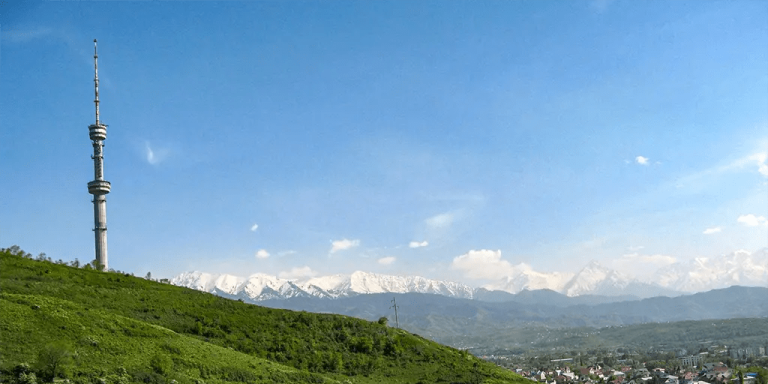Vijay Jayaraj
Kazakhstan is a country of contrasts, offering unparalleled natural beauty in the rugged Tianshan peaks and vast steppes. Its people are both rooted in tradition and forward-thinking, embodying a combination of resilience and innovation.
Kazakhstan's harsh winters bring temperatures below -40°C in some areas. These conditions make coal a lifeline that keeps homes warm and industries running.
Kazakhstan’s dependence on coal is deep-rooted, and for good reason. The country has the world's largest coal reserves – estimated at 25 billion tons. Coal-fired power plants account for nearly 70% of Kazakhstan’s electricity generation, a figure that highlights their key role in the country’s energy matrix.
Intermittent energy sources like wind and solar—energy sources promoted as responses to the fabricated climate crisis—simply cannot meet electricity demand. Winter is especially challenging, as solar panels sit idle under deep snow and wind turbines teeter in icy conditions. Coal, on the other hand, is a stable, reliable source of heat and electricity that ensures Kazakh households endure the cold and keeps critical infrastructure operational.
Kazakhstan’s nuclear future
As the world's largest uranium producer and player in nuclear research, Kazakhstan has the raw materials and expertise to develop a strong nuclear power industry. Nuclear power offers a viable alternative to Kazakhstan’s energy needs. In the 2024 referendum, 73% of Kazakhs voted in favor of nuclear energy.
Unlike wind and solar power, nuclear power works in all weather conditions. Modern nuclear reactors are designed with enhanced safety features and a smaller footprint, and can be easily integrated into Kazakhstan's energy grid.
Erlan Batyrbekov, director of the Kazakh National Nuclear Center, one of the largest research institutions in Central Asia, said the country is “committed to creating efficient and sustainable energy sources to satisfy households and rapidly growing industry sector’s electricity needs”.
The country's interest in nuclear energy has attracted international attention. China has built uranium processing plants. Kazakhstan's choice of nuclear reactor suppliers includes those from France, South Korea, Russia and China. Both Russia and China have shown renewed interest in building nuclear power plants in the country.
But Kazakhstan is the main partner of the United States in nuclear energy cooperation in Central Asia. “It is in the interests of the West and the United States to help Kazakhstan develop its nuclear options to prevent Russia or China from monopolizing Kazakhstan's uranium resources,” said Gavin Herf, an expert on Central Asia.
Regardless of Kazakhstan's allegiance, the country must build power plants to tap into its uranium reserves. However, building a nuclear power plant requires a large upfront investment of money and time.
Until the technology is deployed on a large scale, the country cannot afford to replace coal's share of electricity generation with unreliable wind and solar, despite political pressure to the contrary.
In addition to coal, oil and natural gas have also helped transform Kazakhstan's economy. Kazakhstan is a major exporter of crude oil, with production driven by major fields such as Tengiz, Kashagan and Karachaganak.
Oil exports account for nearly 30% of the country's gross domestic product (GDP) and 75% of exports, underscoring its importance as an economic engine. Since independence in 1991, the country's GDP has grown tenfold to more than $260 billion, with hydrocarbon production playing a key role. Kazakh oil exports are expected to increase as Türkiye becomes a safe and convenient new route bypassing the complex Russian route.
This fossil fuel wealth has allowed Kazakhstan to invest in infrastructure, education and health care, significantly raising living standards over the past three decades. It is for this reason that Kazakhstan must continue to invest in the development of fossil fuels and rely on them to meet the majority of primary energy consumption.
Kazakhstan’s energy future depends on fossil fuels, especially coal, at least until nuclear power is more fully developed, and possibly even further.
This review was first published on Real and clear market December 31, 2024.
Vijay Jayaraj is a scientific research assistant carbon monoxide2 allianceArlington, VA. he He holds a master's degree in environmental science from the University of East Anglia, UK, a postgraduate degree in energy management from Robert Gordon University, and a bachelor's degree in engineering from Anna University, India.
Relevant
Learn more from Watts Up With That?
Subscribe to have the latest posts delivered to your email.
